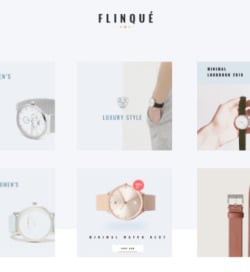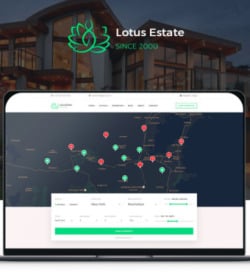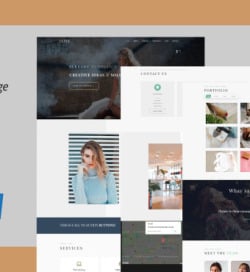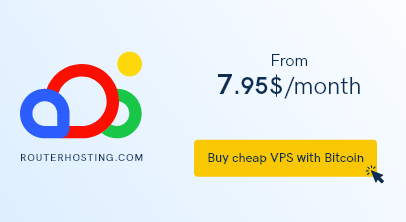Designing your website can feel like a daunting task. Your website will be the face of your company’s online presence, the first thing people come across when researching your product or service. It’s important that your website doesn’t overwhelm your customers, and conveys the information in an organized and deliberate manner. This basic principle is important to make your site easy to navigate, but it doesn’t just end there. It is extremely important to make your website engaging to the eye and grab your users attention. The organization and layout will lead your customer where you want them to go, and the engaging design will be the hook that grabs their attention. What makes your site engaging to the eye is specifically the graphic and visual design, or the visual appearance of the website.
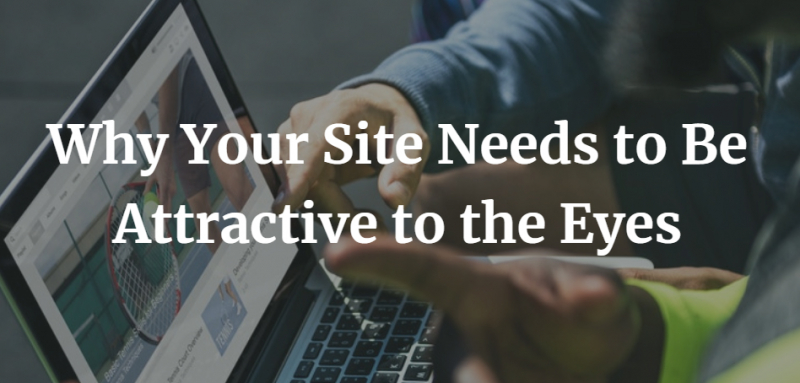
Good and engaging visual designs attract attention. This is extremely important because this initial attention will keep the user on your page, looking to explore more of your page to find out what your site is about. This now leads into the layout design, guiding the user where you want then to go, or simply to enjoy more of the website’s aesthetic design. Regardless of which of the two motivates your user to stay on the page, you’ve retained a visitor through the engaging design.
These visual designs are also how your web presence makes its first impression, and as with first impressions with someone face to face, many assumptions and judgement calls can be made, and that first experience can drastically influence the likelihood of the user coming back to your site. If your visual and graphic design is either bland or worse, jarring and unpleasant to the eye, customers will most likely won’t want to come back to the site after a brief glance.
MemberFix uses its visual design to engage with its viewer and make a solid first impression in a variety of ways. The main page uses a dimly lit background image contrasting with white text, draws the eye to the question “Membership Site Headaches…?”, and directly below prompting users to enter an email address to receive a mini course. In the first ten seconds of viewing the page, the user knows both the purpose of the website, to assist with running and troubleshooting a membership site, as well as how to receive more information. This also gives you a way to communicate with the customer directly, in turn building a relationship with the them. If the user scrolls down, there are videos and a plethora of body text further explaining what the site does and other resources they offer, but that information is kept out of frame from the initial load in position, directing the customer’s attention directly where Memberfix wants it.
Having engaging site designs like this is extremely important for businesses, as it allows them to communicate their purpose and what service or product they offer to each user, as well as provides a way to make a connection with their potential customers in a matter of seconds. The main reason that making a connection in such a short time is so important is that people have very short attention spans. Unless they come to your website planning on spending their time or money prior to typing the address into the search bar, most people only spend about 15 seconds on a website before moving on. That’s an incredibly short window to manage customer retention, so having some kind of engaging visual design, be it by using a question and call to action from the get go, or using a pleasing or interesting visual aesthetic like Google’s ever changing logo.
When it comes to site design in general, there are some keys to help make things more engaging, as well as ways to keep your website from becoming completely unappealing. Below you can find some basic web design tips to keep in mind when designing your website.
Keep it Simple
Keeping the layout and design of your website simple and uncluttered serves two purposes. First off, the simple design doesn’t overwhelm your customer and turn them off from visiting your site. Making a website that is overly visually stimulating actually has the opposite of your intended effect, rather than taking in all the information on the screen, it blocks out everything and irritates the viewer. The perfect example are those old web pages from the mid 90’s in the early days of the internet, the ones with the songs playing on loop in the background, plastered with dancing baby gifs. Don’t do that.
The second purpose for keeping your layout simple is that you can use the simplicity to call attention to the truly important parts of your site, places you want your viewer to go. The navigation menus will be clearly visible, embedded media such as videos or banner images used to redirect your viewer to other sections of the site will garner the attention they deserve, and there will be a logical flow to where you want to guide your viewer using the layout. You should limit your design to no more than three or four main colors and no more than three typefaces, excluding any type on embedded images like a company logo. Also your color scheme should match or at least reference the colors in your corporate marketing identity.
Call to Action
No matter what kind of company you run, your web presence is there for a reason. Are you selling a product? Are you providing a service? Are you looking for people to subscribe to a newsletter or donate to a charitable cause? Design your buttons and media on your website to emphasize the focus of your site, and make it clear where the main focus of your site is. Just note, there’s a difference between clear and deliberate design, and overbearing and oppressive.
White Space Isn’t Free Real Estate
White space doesn’t necessarily have to be literally white space, but just any empty space devoid of text and images. A lot of times, a non-designer’s first instinct will be to fill every available space with some kind of text or image. If it’s empty, it’s not being used to its full potential, right? Well, no, white space is just as important as the media and text on your page. It’s the white space that actually provides the structure and organization for your website, the flow that guides your viewers where you want them to go the most. Without it, everything would just become lost in a jumble of text and images, and it would be impossible to find anything at first glance. Don’t fear white space, embrace it.
Use Easy to Read Fonts
While it may be tempting to use all sorts of zany display fonts like papyrus or stencil, keep it simple. If your company has a bit of an off kilter identity or is known to be a little edgier from a design standpoint, pick a font that fits your brand identity, make sure it’s readable, and use it for titles and headers ONLY. The body of your text should be something easy to read, like Georgia, Museo Sans, or the classic Helvetica. Trying to read paragraphs upon paragraphs of something like Lucida Handwriting or Curls is just painful after a while. Also if you are aiming for any shred of professionalism, unless your company is about comic books, or you write comics which are posted on the website, avoid Comic Sans like the plague.
In this case, the saying “first impressions last” holds true. So if you’re looking to increase the number of people who visit your site, make sure it is visually appealing.
